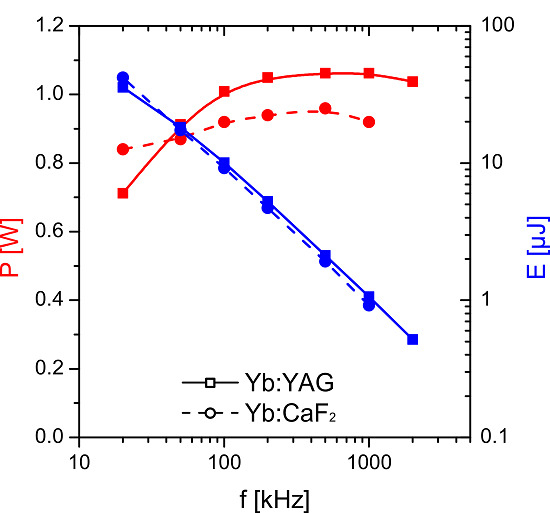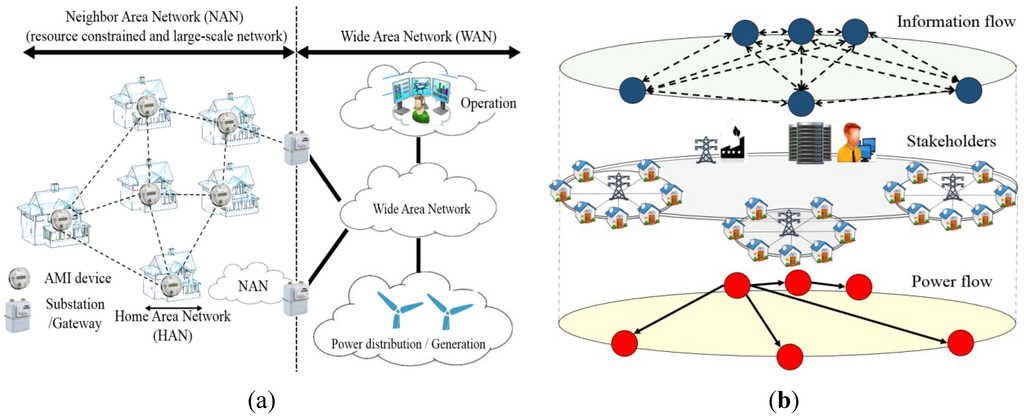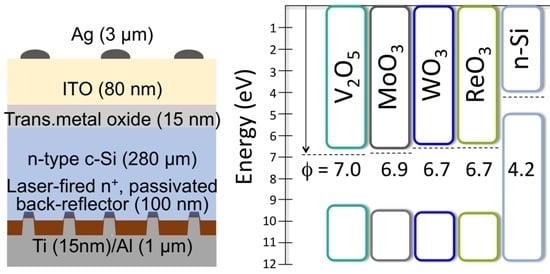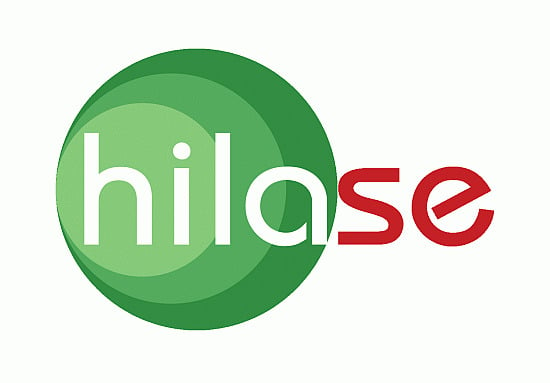1
Helmholtz-Zentrum Dresden-Rossendorf (HZDR), Institut für Strahlenphysik, Bautzner Landstr. 400, Dresden 01328, Germany
2
Technische Universität Dresden, Institut für Kern- und Teilchenphysik, Zellescher Weg 19, Dresden 01069, Germany
Appl. Sci. 2015, 5(4), 761-769; https://doi.org/10.3390/app5040761 - 12 Oct 2015
Cited by 16 | Viewed by 8256
Abstract
We present picosecond Yb:YAG and Yb:CaF2 regenerative laser amplifiers with ultra-high repetition rates in the MHz range. A maximum pulse energy of 40 μJ was obtained at 20 kHz while we achieved around 1 μJ at 1 MHz. We demonstrated a pulse duration
[...] Read more.
We present picosecond Yb:YAG and Yb:CaF2 regenerative laser amplifiers with ultra-high repetition rates in the MHz range. A maximum pulse energy of 40 μJ was obtained at 20 kHz while we achieved around 1 μJ at 1 MHz. We demonstrated a pulse duration of 2.1 ps for Yb:YAG and 4.8 ps for Yb:CaF2 when seeded by a mode-locked Yb:KGW fs-oscillator without pulse stretching or phase compensation.
Full article
(This article belongs to the Special Issue Diode-Pumped, Ultra-Short Pulse Lasers)
▼
Show Figures








